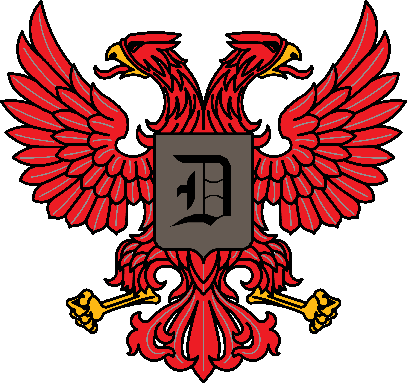
Eachdraidh Dunlop

Footprints of the Clan
Here be True Histories of our namesakes...
Read...and walk with them through the pages of Time.
Submitted by Mike Dunlap
Early
Dunlops in America
This is the story of Stuartstown, in what is now South Carolina, in the year 1680.
Scottish ventures into the New World were not of great number, but the 1680’s saw two major enterprises put together, a Covenanter’s outpost in South Carolina and a Quaker’s settlement in New Jersey. We first hear of the Carolina Venture when 12,000 acres are sold by English proprietors to Sir John Cochran of Olchitree and Sir George Campbell of Cessnock. This enterprise was dominated by gentlemen and merchants from the South-west of Scotland, among whom religious motives were paramount. Persecution of the Covenanters had peaked in the 1670’s and a number of these men were victims of that oppression.
A group of Presbyterian prisoners, banished for offenses such as refusing to renounce the Covenant, was established in the colony by 1682. Among this group, whose descendants can still be found all over the Carolinas, were names such as Buchanan, Inglis, Galt, Marshall, Machen, Paton, Gibson, Young, Cunningham, Smith, Dowart and Dunlop. This group was spread out along the Royal River, but no real settlement had centralized. In 1683 a group of Ulster Scots, lead by a Ferguson, joined them.
In 1684, after long and complex negotiations with the English owners, Lord Cardross and William Dunlop, later Principal of Glasgow University, left Gourock to found Stuartstown, twenty miles from the mouth of the River Royal. Plans were very ambitious, with 220 lots , each with a garden , over 600 acres.
Spain and Britain were at peace with each other at this time, but Port Royal lay at the Carolina-Florida border where warfare flickered intermittently. “Strangely”, this frontier outpost of Scot immigrants did not receive much support from the largely English colony up the coast at Charleston, who might have seen them as an useful buffer against the Spanish. Relations became strained between the two communities even as wives and families began arriving at Stuartstown. But the enthusiasm of the Scots was buoyed by more families arriving from Antigua, who believed the district would be great for planting Indigo and sugar.
Crucial to their survival was readiness to repel a Spanish invasion, and to this end, the Scots, under Dunlop and Cardross, arranged a deal with the local Indians, the Yamasee, where the Scots armed the tribe for a preemptory raid on the Spanish island of Santa Catalina. This turned out to be a huge mistake.
In early 1685, when fears of a Spanish reprisal peaked, Dunlop and Cardross asked for six guns from the fort in Charleston to help in their defense. They never arrived. A raiding party of Spanish regulars, Indians , and mulattos numbering around 150 men, moved north from St Augustine in three galleys, landed along the banks of Stuartstown, and quickly overran the settlement. The Scots were heavily out manned, with only about 25 fit men due to an outbreak of fever. Lord Cardross, disgusted by the treatment of his settlement at the hands of the authorities in Charleston, had left to join Scottish exiles in Holland. Dunlop, having escaped, returned to Glasgow. Some of the survivors left for Charleston. The settlement was never revived.
Imagine being in a strange land, where no one speaks Gaelic nor Scots, having to ally with the Indians, living in small cabins, in the South Carolina environment, with the heat, bugs, and disease, especially in contrast to East Ayrshire weather! Then having to live under the “protection” of your ancestral enemies, only to have them not be there when you need them.
The Footprints of our Clan are in the banks of the Royal River, in today’s South Carolina, proud testimony to the Scottish spirit. “Merito!”
(Source: Tam Blake and Co. The Story of the Scots in America, Hewitson.Canongate Ltd. 1993.)
